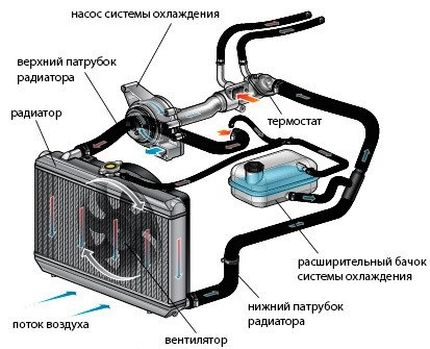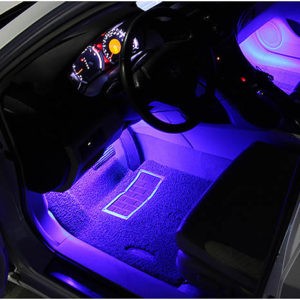
The best tool to eliminate air bubbles
One of the most difficult problems to identify when diagnosing an overheating situation is air bubbles trapped in the coolant system. The coolant system of any water-cooled engine depends on the smooth and clean flow of coolant through the cylinder block water jackets, coolant lines, water pump, and radiator. Air bubbles may appear in the cooling system, which increases the internal temperature of the engine; and if not corrected quickly, can cause serious engine damage.
Air bubbles sometimes occur during maintenance of the coolant by mechanics. If not taken care of properly, serious damage is possible. To solve this problem, many experienced ASE certified mechanics use a vacuum coolant filler and call it the best tool to eliminate air bubbles during radiator or coolant service and repair.
What is a vacuum coolant filler?
After a mechanic has completed a scheduled coolant or radiator service, they usually add coolant to the expansion tank to "top up the tank". However, this can lead to potentially dangerous situations due to the formation of air bubbles inside the cooling system. The vacuum coolant filler is designed to remedy this by creating a vacuum that removes any bubbles trapped in the line and then adds coolant to the vacuum sealed cooling system. The tool itself is a pneumatic device that includes a nozzle attached to the lid of the overflow reservoir. Several attachments are available, so a mechanic will need to order several to fit most US and overseas applications.
How does a vacuum coolant filler work?
The vacuum coolant filler is an exceptional tool that can prevent air bubbles from entering the cooling system or remove existing bubbles. However, for proper operation, the mechanic must follow the tool manufacturer's specific instructions (because each individual vacuum coolant filler has specific instructions for care and use).
Here are the basic working principles of vacuum coolant fillers:
- The mechanic completes any repair or maintenance of the cooling system and diagnoses and fixes any mechanical problems that lead to overheating.
- Before adding coolant, the mechanic uses a vacuum coolant filler to remove air trapped inside the coolant system.
- As soon as the vacuum coolant filler is attached to the overflow tank, it is activated and a vacuum is created. Any air bubbles or debris trapped inside the coolant system will be sucked out through the pipes, chambers and into the reservoir.
- The device remains activated until a vacuum pressure in the range of 20 to 30 psi is reached.
- As soon as the vacuum pressure stabilizes, the air duct is reversed and a tube is inserted into the premixed coolant container to fill the coolant.
- The mechanic opens the valve and slowly adds coolant to fill the system without adding air bubbles to the system.
- When filling the tank with coolant to the recommended level, disconnect the air supply line, remove the top nozzle of the tank and replace the cap.
After the mechanic completes this process, all air bubbles must be removed from the coolant system. The mechanic then checks for leaks in the coolant system, starts the engine, checks the coolant temperature, and tests the car.
When you can easily remove air bubbles from any car's cooling system with vacuum coolant fillers, many situations of overheating can be avoided. If you are a certified mechanic and interested in working with AvtoTachki, please apply online for the opportunity to become a mobile mechanic.

